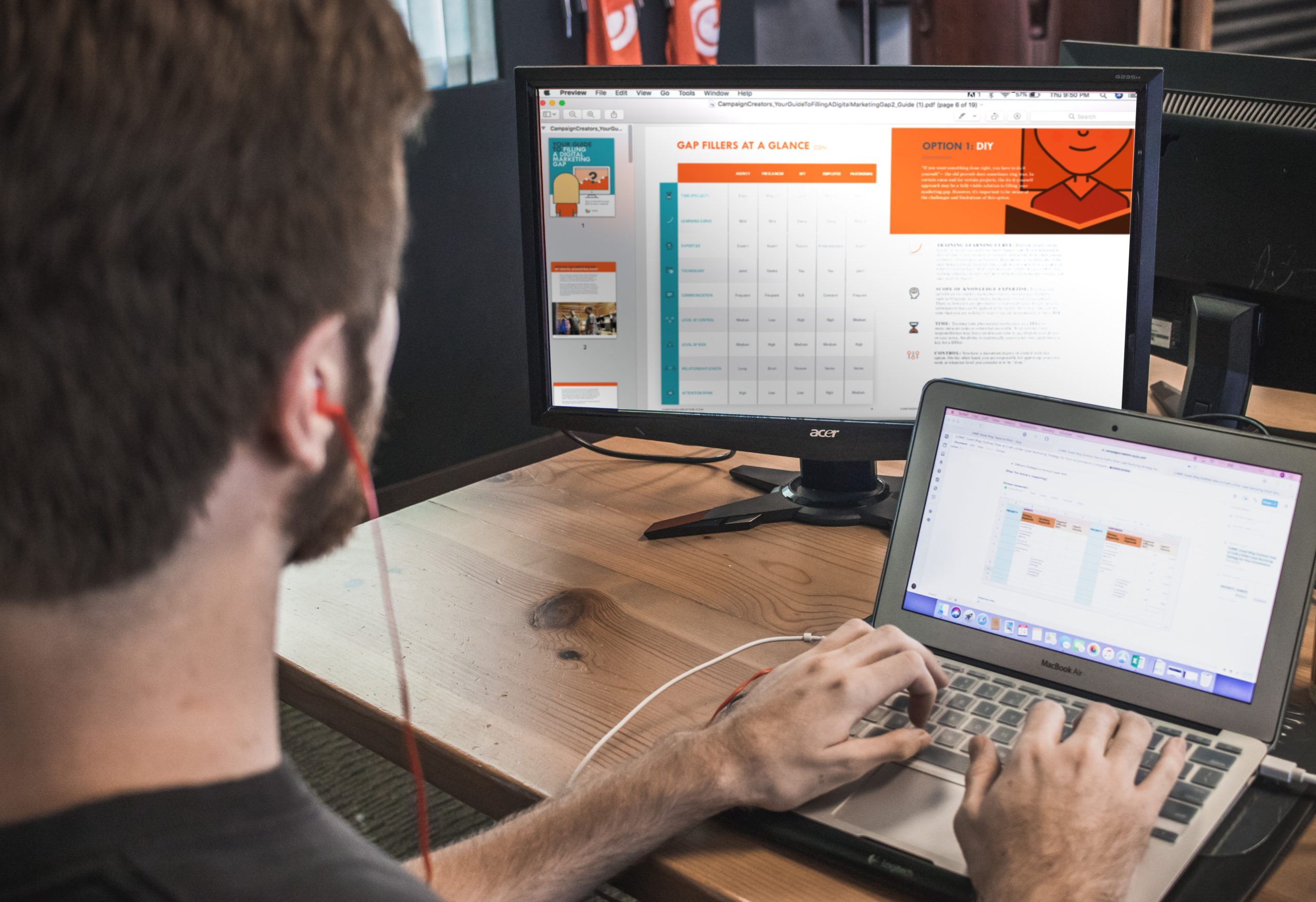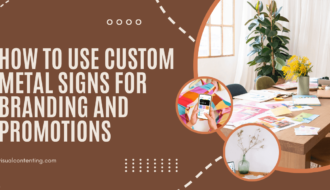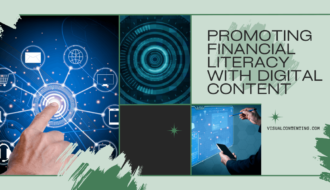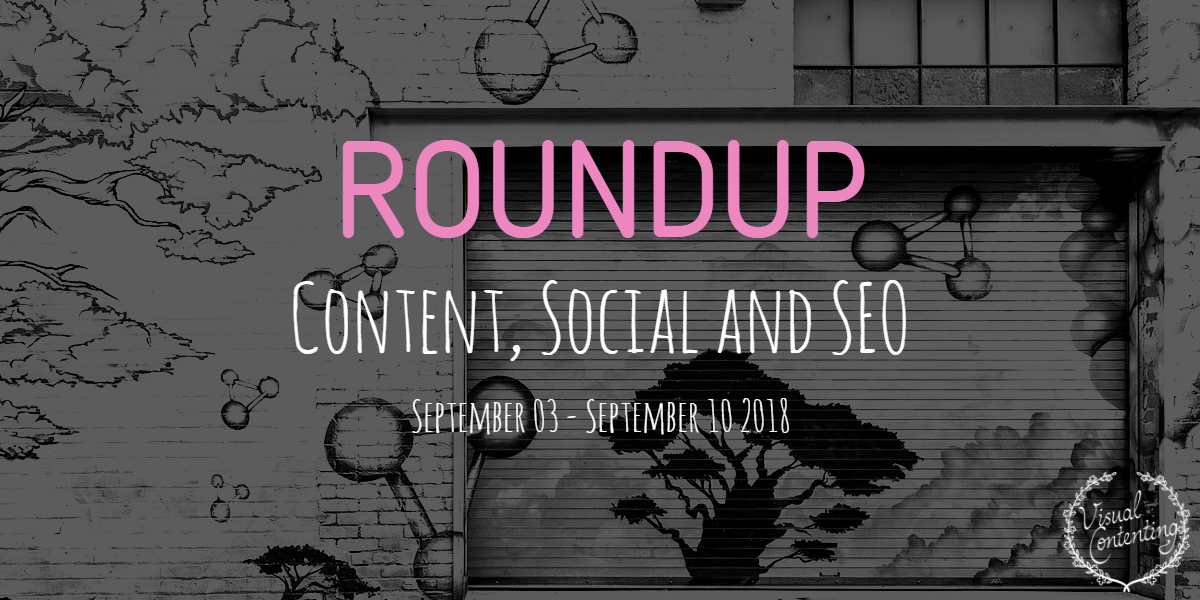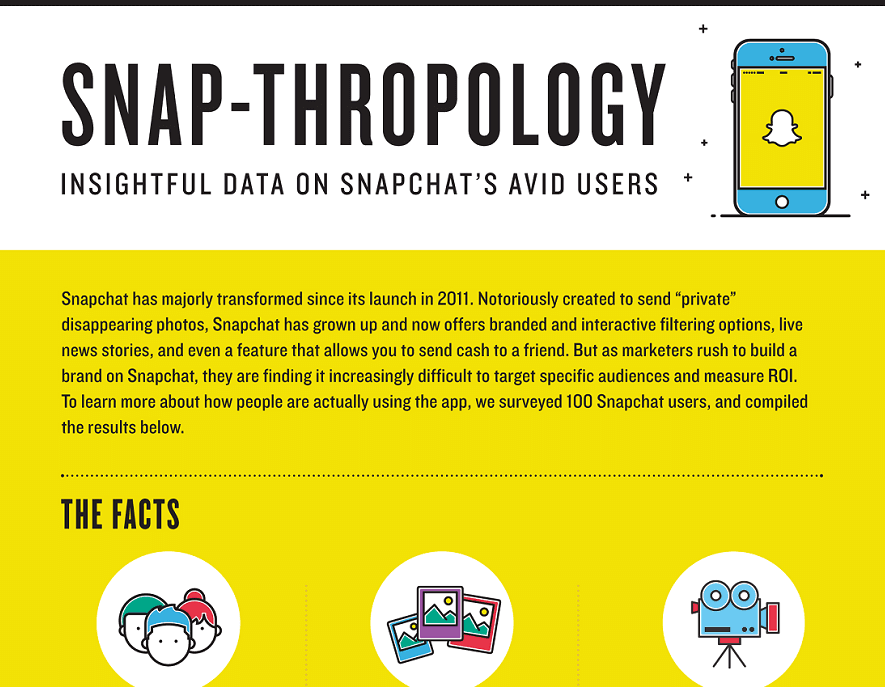The average person gets inundated with marketing messages from the moment they open their eyes in the morning until they go to bed at night. Digital advertising has nearly taken over every aspect of our waking hours. Not only do companies send emails and advertise on social media, but consumers also see ads on television, hear spots on the radio and get snail mail advertising.
Being heard amidst the cacophony of noise requires using the most effective marketing strategies available. It isn't easy to stand out from the competition in the 21st century.
Back in the 1970s, people saw an average of 500 ads per day. That number increased tenfold in the last five decades, with numbers reaching around 5,000 ad impressions per day per person. It's little wonder people tune some of that out. Reaching consumers is harder than ever before and requires creativity and determination.
Fortunately, there are some proven marketing strategies that still work. Here are eight of the most successful approaches, including the best methods for email marketing strategy. Pick and choose the ones that work best for a particular type of business and mix in unique experiments for the best results.
1. Provide a Free Trial
A free trial period lets users try out a product or service without obligation. In a 15-month analysis of 1,200 subscription-based sites, Recurly found that 60% of free trials converted to paid subscriptions. If a business offers a service, then a no-obligation trial may convince users to give them a try.
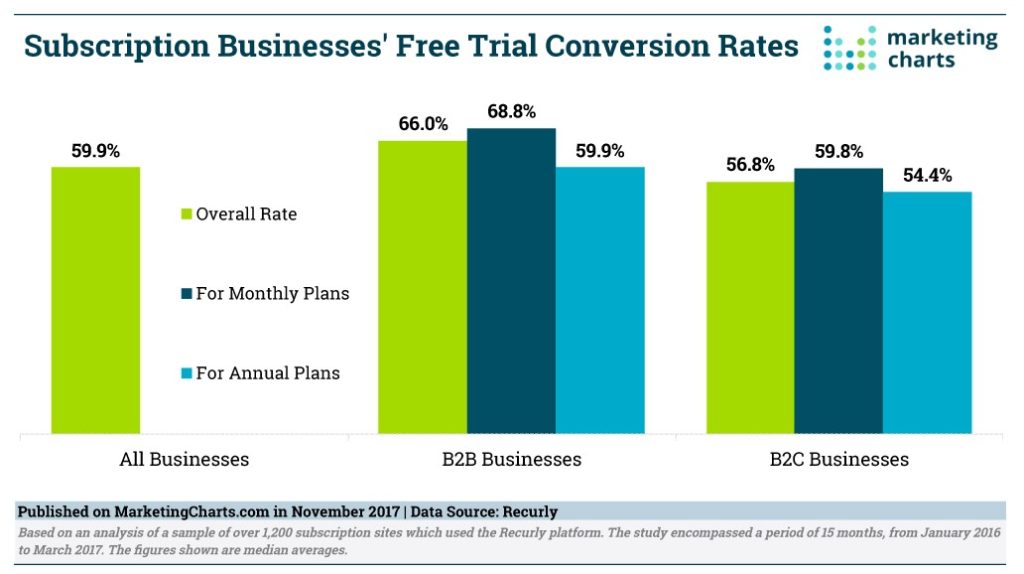
When you make this offer, keep the trial period as short as possible. The user needs to figure out if the service is beneficial to them. Once they realize that it is, it's time to subscribe. Lengthy trial periods may invite users who only want something for free rather than a paid service.
2. Offer Rebates
Rebate marketing is still highly effective in attracting and keeping customers. The Promotion Marketing Association estimates that over 75% of customers are more likely to buy when offered a rebate. Another 55% seek out rebates when shopping.
This is one of the lower-risk marketing strategies out there because it costs a company nothing to offer the rebate. It also tends to cost less in the long run, because the consumer doesn't get an instant discount but must instead send in paperwork to redeem the offer. Many will forget about the reward or get busy and not redeem the refund.
Menard's is a midwestern lumber and hardware store. They offer rebates as a way to draw customers into their stores. However, to claim the rebates, the person must mail in the request. The rebate also comes in the form of store credit, encouraging customers to buy again and again.
3. Start the Clock Ticking
If an organization offers the same discount all the time, people may hesitate before buying from that brand. If people stop on a landing page but don't convert into customers, then starting a time-based offer may push those people toward becoming customers.
Global cart abandonment rates stand at 75% overall. So what are the reasons why someone puts an item into a shopping cart and then leaves a site without making a purchase?
While the explanation may be as simple as deciding to wait, it may also be much more complex. One way of encouraging users to go ahead and follow through with the sale is by offering a limited time to get a special discount, free shipping or other perk.
Smile Direct Club uses the limited time offer approach to get people to order their impression kit immediately. They know that once someone goes through the process of impressions, they are much more likely to order the aligners. The offer varies, and if someone signs up for an account, they may email additional offers.

4. Give Away Free Gifts
Giving out promotional gifts is a marketing tactic as old as time. The key is finding something of value to the target audience. Passing out fans at the local fair works well for a heating and cooling company, but not so great for a local restaurant. Make sure the gift offered relates back to the company's products or services.
Free items tap into the psychology that makes consumers want to reciprocate the offer. People love to get free items, and freebies even get people in the habit of buying something they normally wouldn't. One example is Costco's model, where they give out free food samples. The goal? Convincing people that Costco is a fun place to visit and also allowing them to try new products they may decide they love.
Smaller companies benefit even more from sampling than larger stores do. Research by Brigham Young University uncovered that sampling creates more sustained sales and higher profits than endcap displays.
5. Use Action Words
More successful campaigns are achievable simply by choosing different wording. Action words drive users to make a purchase by working both on a practical and subliminal level. In a study of 330,000 CTAs, HubSpot looked at which types performed best. CTAs adapted to individual visitors performed 202% better than basic CTAs.
Effective CTAs use action words that drive movement from the landing page on into the sales funnel. By utilizing visitor data, websites can serve personalized CTAs with offers and words that target each buyer type.
CTAs are a vital part of marketing strategy because they drive the action the user takes. Marketers should use CTAs on websites as well as online ads.
6. Limit the Number Available
Scarcity marketing is an effective way to sell items quickly. Create a sense of urgency in the public by only offering a certain amount of a product or service. By limiting what is available, people have a fear of missing out (FOMO) and may go ahead and sign up so they don't get left out of the loop.
Groupon's model is a good example of scarcity marketing because they list how many of an item is left or place a time limit on the offer. As the numbers tick down, users want to get in on a great deal. If they're even slightly interested in the product, they'll add it to their cart. Groupon then reminds them there are only a few left or a few minutes left, further encouraging users to complete the purchase.
The scarcity model works best with items already in high demand. If marketers point out that many have sold and now the item is scarce, it will perform better if they state there were only a few made to start with. Phrase the offer along the lines of, "Due to popular demand, only X number remain."
7. Time Email Offers Correctly
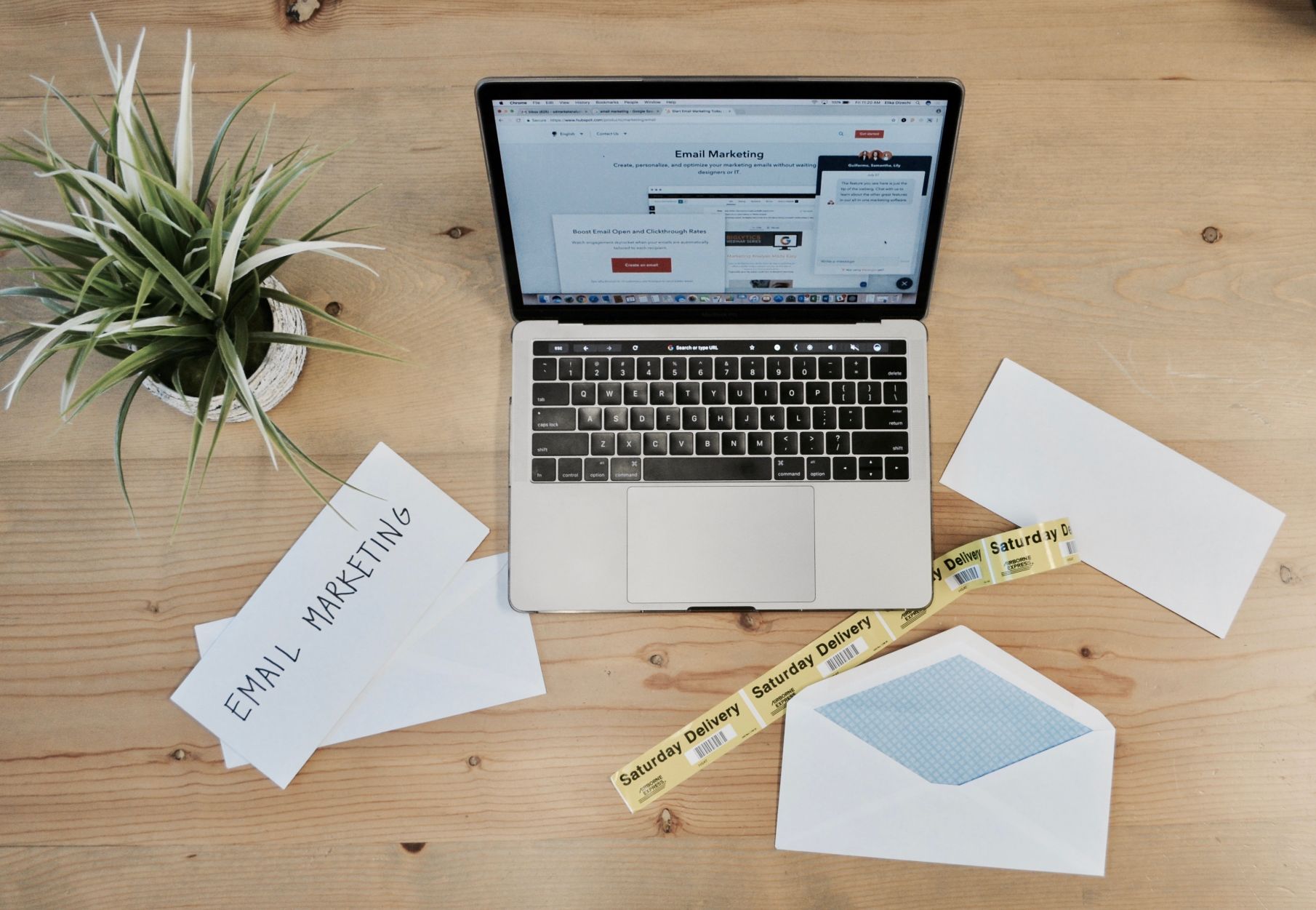
According to eMarketer, there is an average open rate of 19.6% for emails sent in North America. The click rate is around 2.3%. The open rate varies by industry and season, but there are some things marketers can do to increase the likelihood their emails get read. For example, sending an email at a time of day when people are more likely to open it can improve click-through rates instantly.
In an analysis of 30 billion emails sent throughout 2019, researchers found there is no best day to send an email. Instead, it varies depending upon the industry and the particular audience. Marketers must conduct A/B testing and study open rate trends to find the best day for each unique business.
Pay attention to both open rates and unsubscribe rates. Sending an email on a busy weekday might even result in numerous unsubscribes. Boosting your open rate won't help much if people only open the email to stop receiving it. Study all the trends and figure out which day works best.
8. Get Customers Involved
Every marketer seeks the viral campaign. However, the harder a company tries to force a viral post, the less likely it is that they'll ever have one. Instead, focus on building a base of customers who are raving fans of the brand. Think of them as brand ambassadors.
There are many ways to get other people involved and promoting a product or service via word of mouth. Host a contest where the best social media post or the post with the most likes and shares wins a prize. Ask those who already love the product to share why they love it and use a special hashtag. Invest in influencers to talk up the company and reach a specific target audience.
Examples of this type of participation marketing are seen in campaigns such as "Share a Coke," where the company encouraged people to upload snapshots using soda bottles with people's names or descriptive characteristics in interesting shots. Other big companies such as Tom's and Starbucks have also used participation marketing to increase brand name recognition or get the word out about a new product.
Try Different Approaches
The blueprint to successful marketing strategies is trying different methods until you hit on the ones that work with a specific audience. Experiment with new ideas and track how effective they are. Get rid of what doesn't work and keep what does. Over time, a solid marketing strategy develops and takes a company from ordinary to extraordinary.
Related Posts
Kayla Matthews is a MarTech journalist and writer, whose work has been featured on Marketing Dive, Contently, Outbrain and Convince and Convert. To read more posts from Kayla, please visit her personal tech blog, Productivity Bytes.
